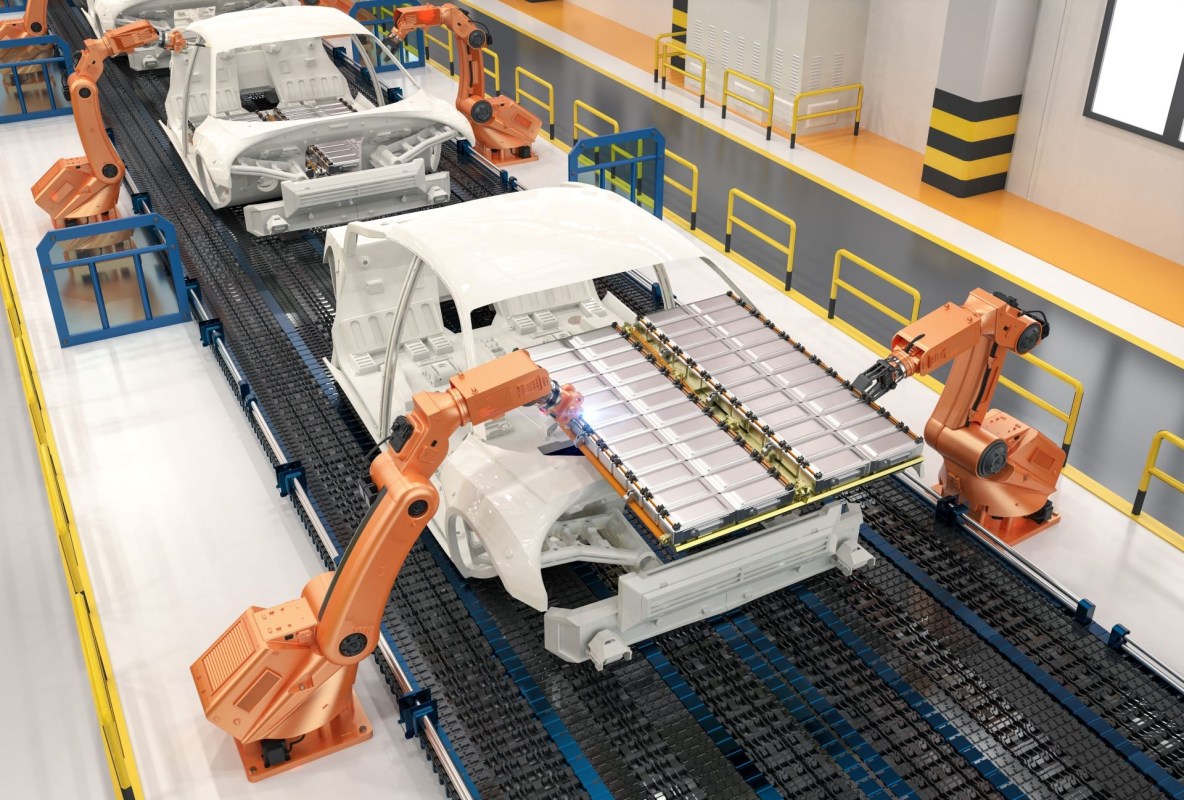Despite recent technological breakthroughs, lithium-ion battery recycling continues to vex scientists in several ways.
Battery recycling remains an expensive process that often requires melting down entire batteries in order to recycle small amounts of precious metals.
However, great minds are increasingly finding ways to repurpose and recycle batteries that are past their prime, as scientists at Oak Ridge National Laboratory recently did when they discovered that batteries of differing ages, sizes, and origins could be combined to form a unique kind of energy storage system.
In a paper written for the Institute of Electrical and Electronics Engineers' (IEEE) Electrical Energy Storage Application and Technologies Conference (EESAT), scientists Michael Starke, Steven Campbell, Benjamin Dean, and Madhu Chinthavali outlined their discovery, which could have major implications for the reuse of lithium-ion batteries — especially those used in electric cars.
"In the coming years, the electric grid is expected to face many challenges," the authors wrote, detailing issues like increases in variable renewable energy sources and threats from the overheating of our planet. "Low cost and ubiquitous energy storage solutions will be key to overcoming these challenges."
The scientists' innovation addresses those challenges in multiple ways. Not only does it eliminate waste from the disposal of old batteries, but it also allows utilities more flexibility to deal with variable energy sources and demand levels.
Currently, when demand is so high that it maxes out the grid, utilities have to turn on power plants — often dirty ones — that they would not otherwise use. Governments and private companies have tried to mitigate this issue through demand response, which incentivizes consumers to use less energy during times of peak demand.
A battery array like the one proposed by Starke et al. could allow utilities to release energy as needed during high-demand periods without firing up another power plant, saving money and helping the environment.
As of now, used battery array technology is in its infancy, and the Oak Ridge team is looking to partner with EV automakers to bring the project to life.
"We have simulators and emulators that allow us to emulate battery technology, so we're looking to work with the industry partners to actually do a full-scale demonstration of the final prototype," researcher Michael Starke told Tennessee news station WATE. "That would be working with some of the secondary-use manufacturers [like GM, Ford, or Volkswagen]."
The sooner Starke and his co-authors can coordinate with those major automakers, the better. The International Energy Agency estimates that the world will need to put two billion electric vehicles on the road by 2050 to reach net zero emissions — and if even a fraction of those vehicles' batteries could eventually contribute to utilities' energy storage systems, the future will be bright.
Join our free newsletter for weekly updates on the coolest innovations improving our lives and saving our planet.









